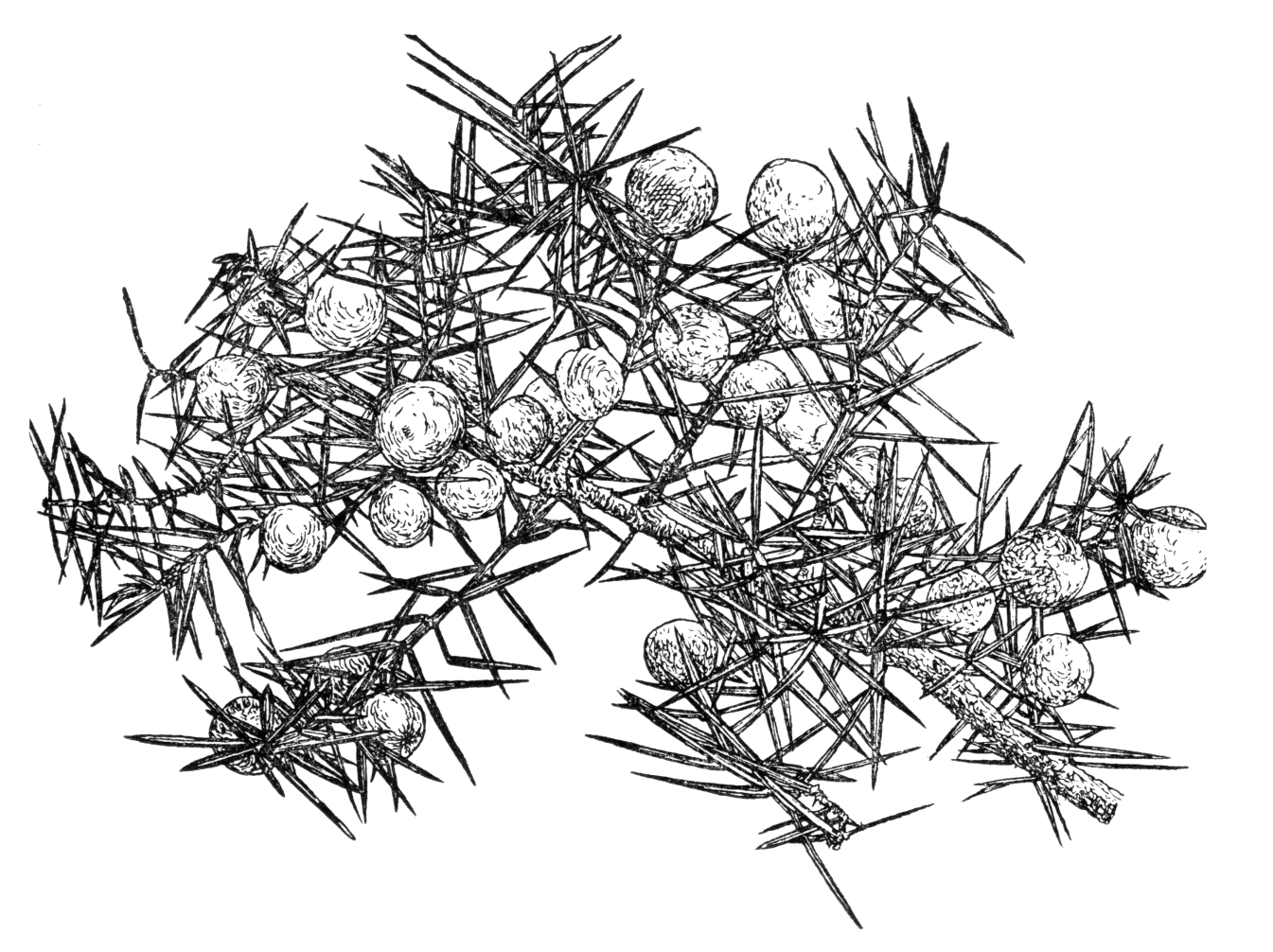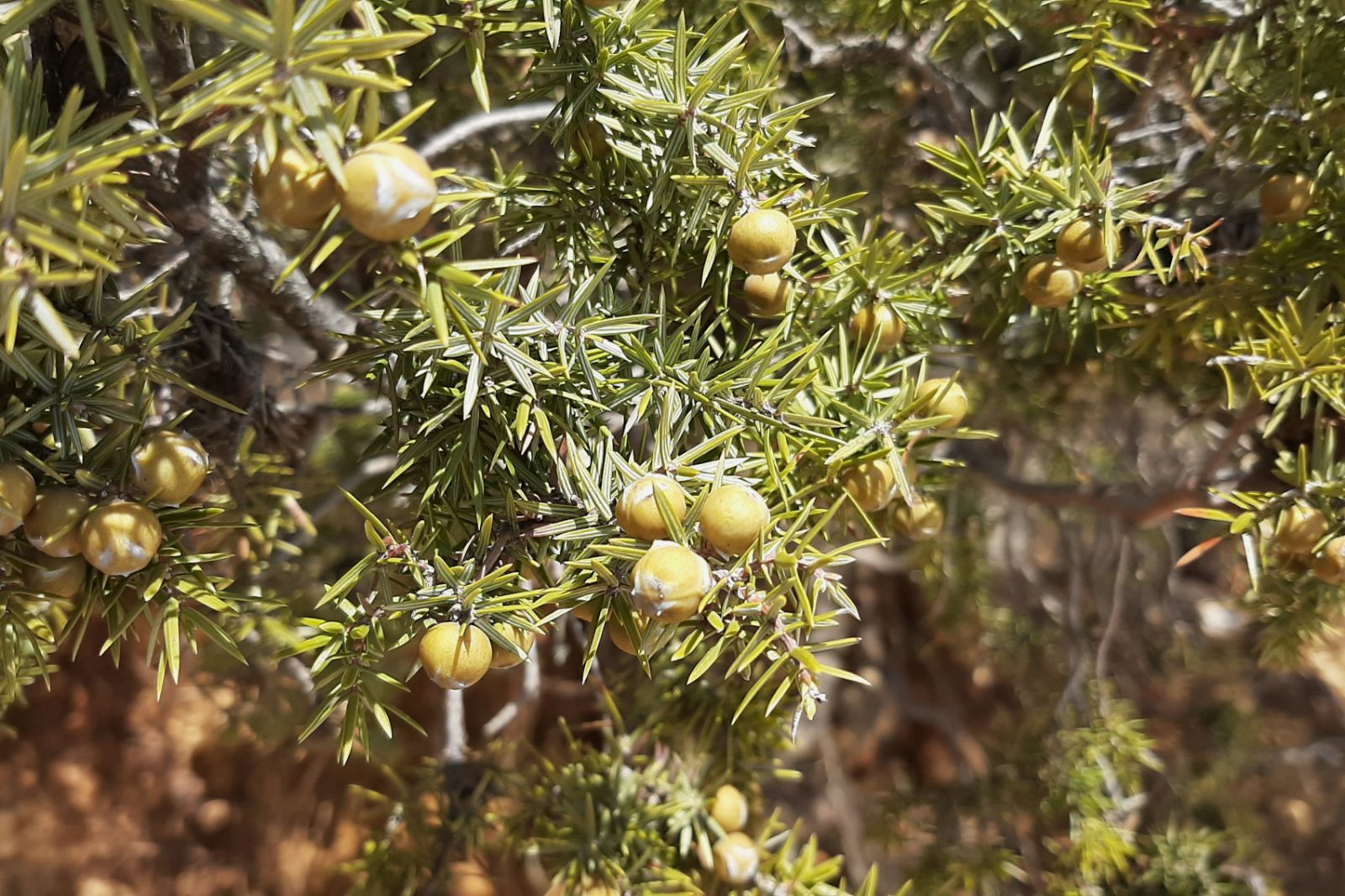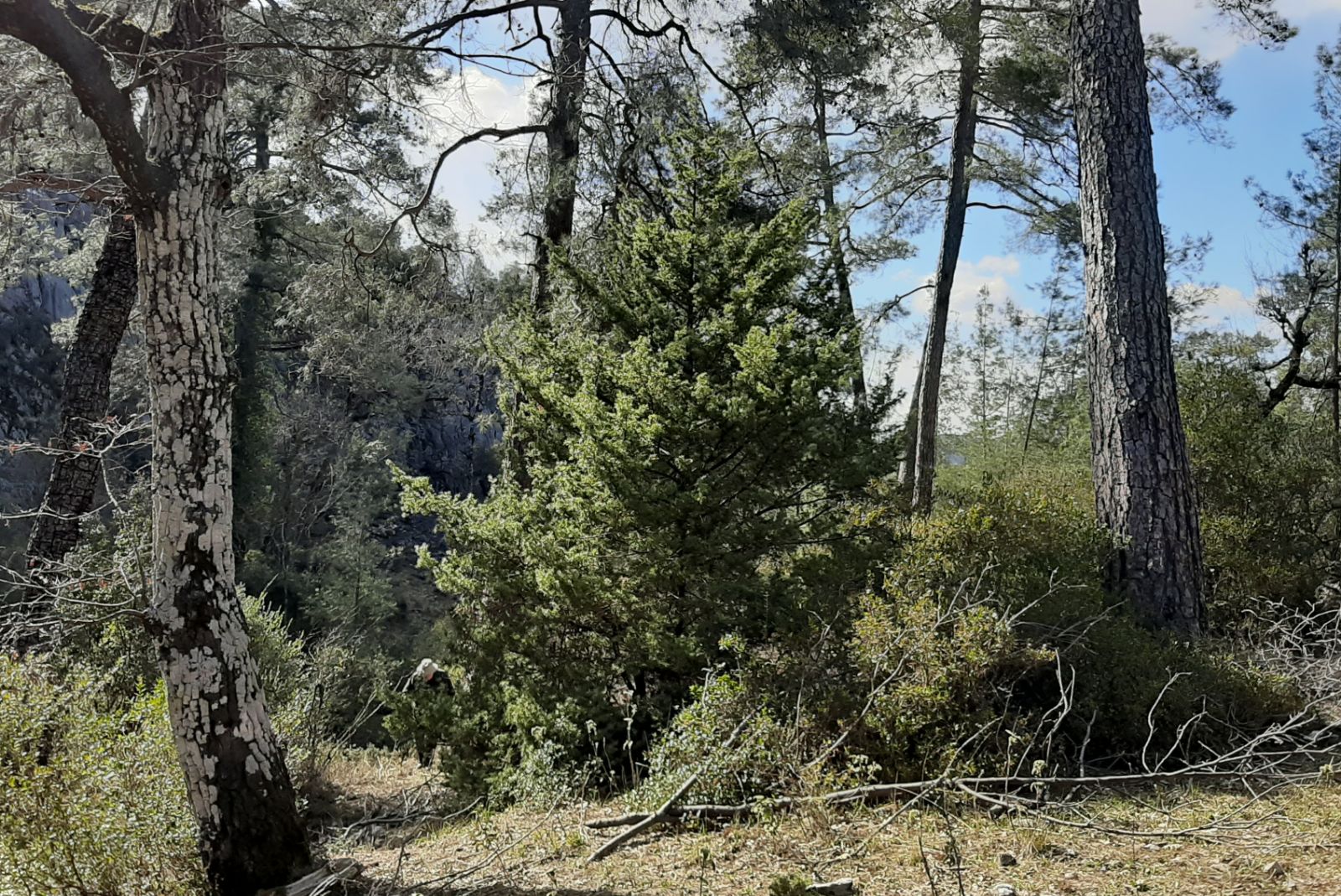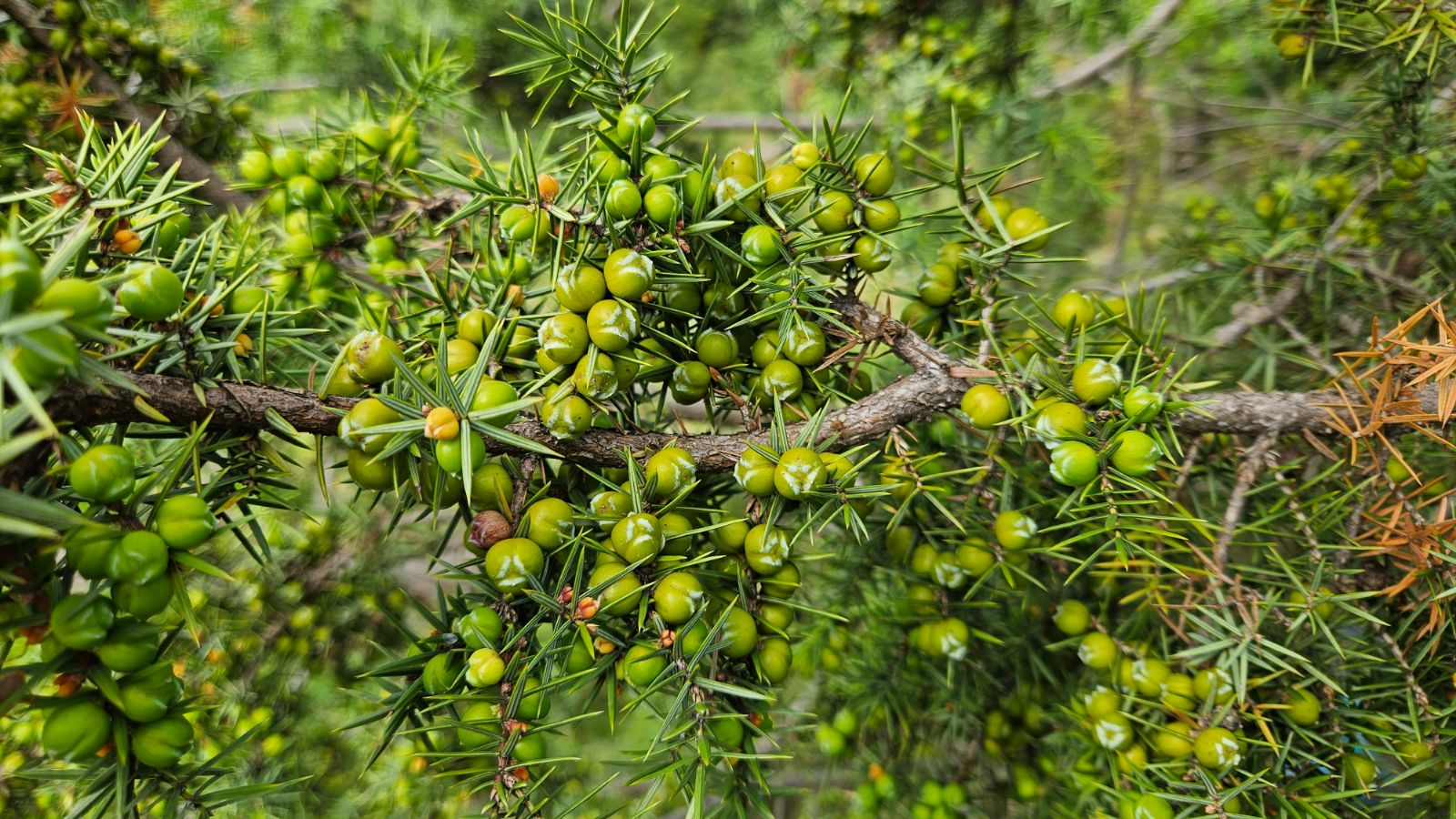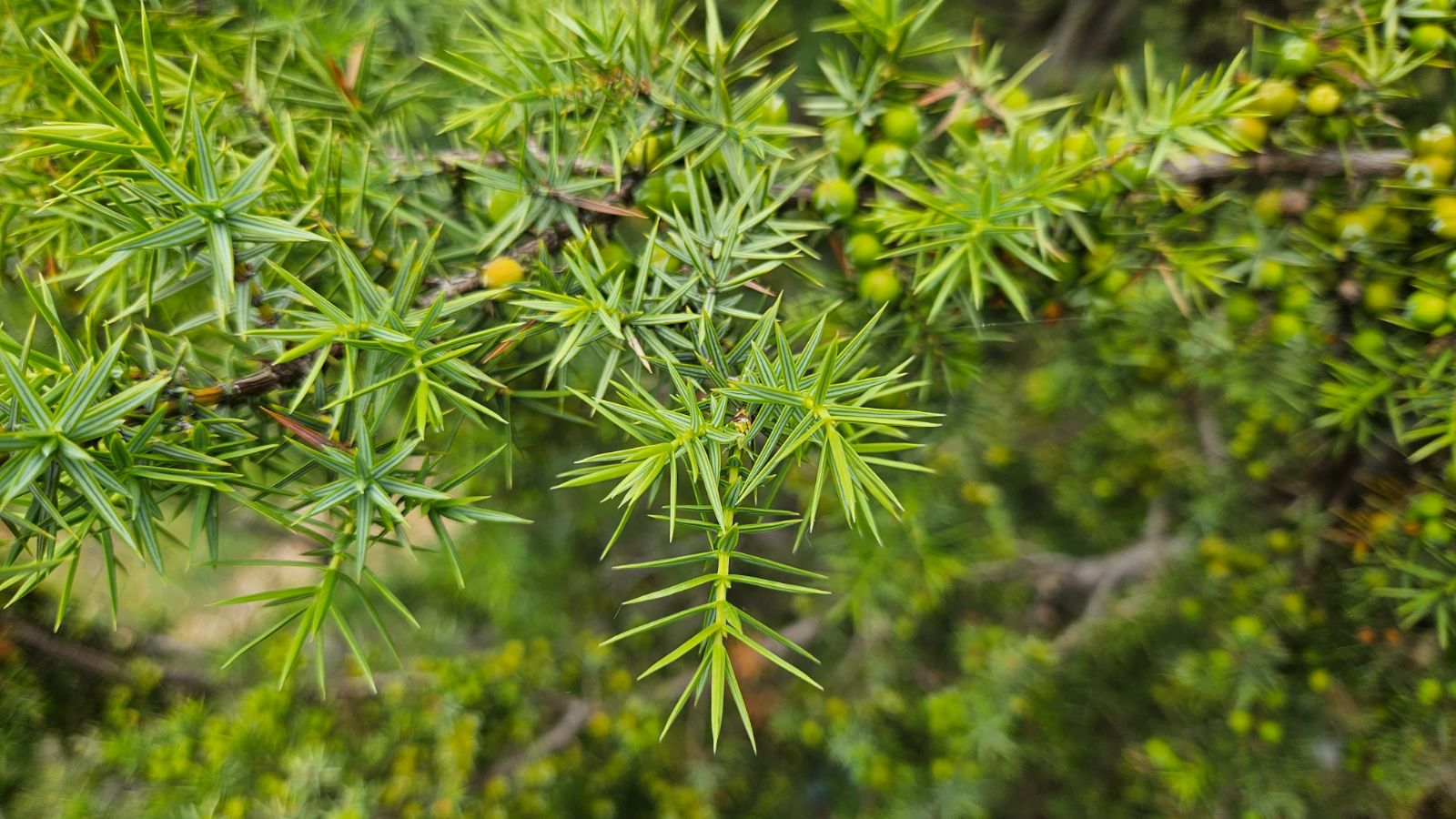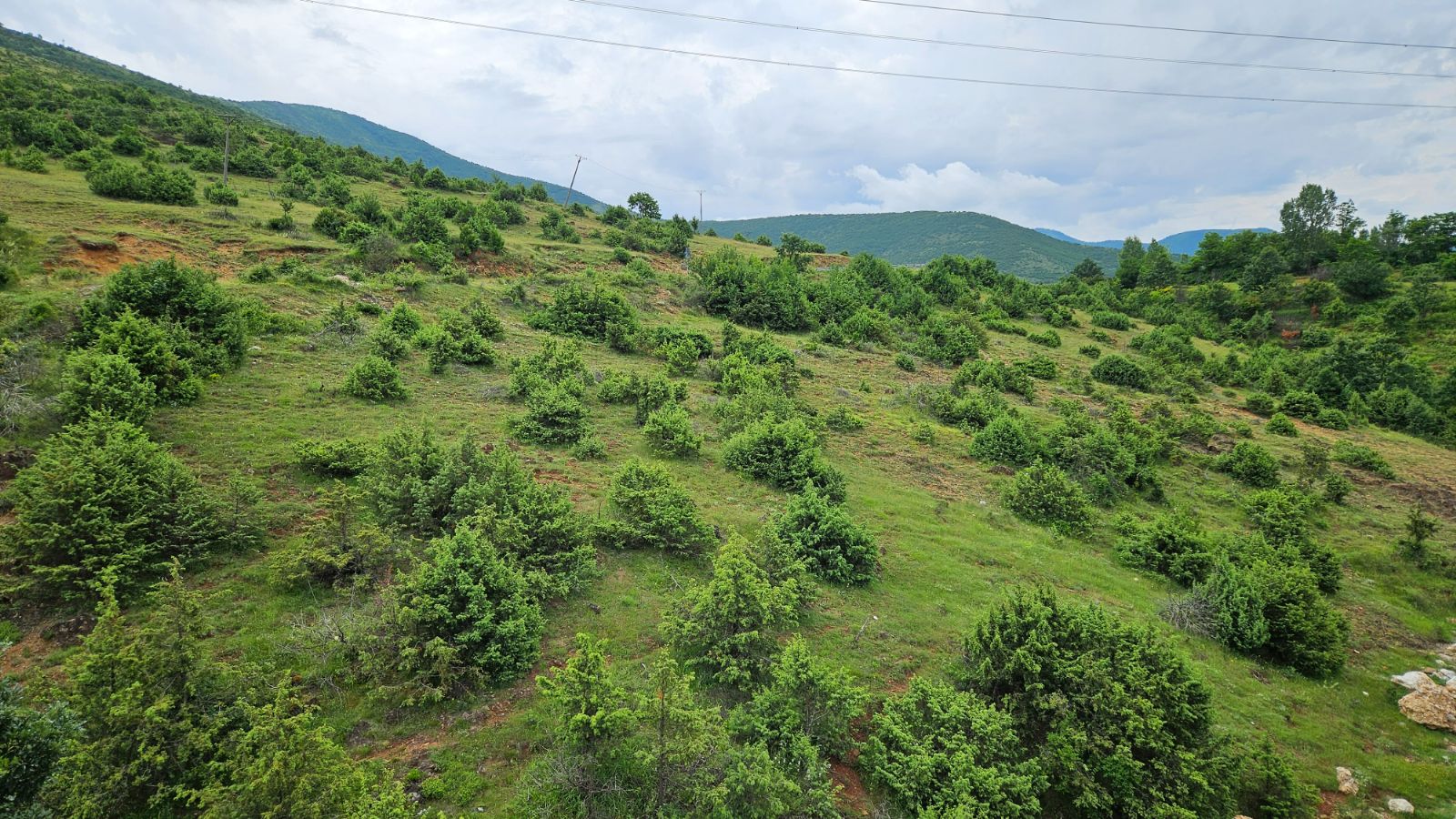Juniperus oxycedrus
Credits
Article from Bean's Trees and Shrubs Hardy in the British Isles
Recommended citation
'Juniperus oxycedrus' from the website Trees and Shrubs Online (treesandshrubsonline.
Genus
Common Names
- Prickly Juniper
Infraspecifics
Other taxa in genus
- Juniperus bermudiana
- Juniperus cedrus
- Juniperus chinensis
- Juniperus communis
- Juniperus conferta
- Juniperus deppeana
- Juniperus drupacea
- Juniperus excelsa
- Juniperus flaccida
- Juniperus foetidissima
- Juniperus formosana
- Juniperus horizontalis
- Juniperus komarovii
- Juniperus occidentalis
- Juniperus phoenicea
- Juniperus pingii
- Juniperus procera
- Juniperus procumbens
- Juniperus recurva
- Juniperus rigida
- Juniperus sabina
- Juniperus saltuaria
- Juniperus scopulorum
- Juniperus semiglobosa
- Juniperus squamata
- Juniperus thurifera
- Juniperus tibetica
- Juniperus virginiana
- Juniperus wallichiana
A dioecious shrub or small tree with a reddish-grey bark. Leaves in whorls of three, spreading, awl-shaped, 1⁄2 to 3⁄4 in. long, about 1⁄12 in. wide, swollen and jointed at the base, tapered at the apex to a prickly point, green and sharply keeled beneath, upper surface with two glaucous bands of stomata, separated by the raised green midrib. Fruits dark red or purplish, about 1⁄2 in. wide.
Native of S. Europe eastward to the Caucasus and Iraq. It is rare in cultivation, needing a warmer and drier climate than ours to thrive well. The only specimen of any size recorded recently grows in the National Pinetum at Bedgebury, Kent; it measures 27 × 11⁄2 ft (1967).
subsp. macrocarpa (Sibth. & Sm.) Ball J. macrocarpa Sibth. & Sm. – This differs from the typical subspecies described above only in its slightly larger fruits and slightly wider leaves (about 1⁄16 in. wide). It occurs almost throughout the range of the species, usually in rocky or sandy places near the sea, while typical J. oxycedrus is an inhabitant of hills and lower mountain slopes.
J. oxycedrus is related to J. communis but is easily distinguished by its leaves with two glaucous bands above, separated by the raised midrib.
From the Supplement (Vol. V)
There are no noteworthy specimens of this species. The Castlewellan specimen of J. cedrus mentioned on page 490 measures 33 × 21⁄4 + 21⁄4 ft (1976).

